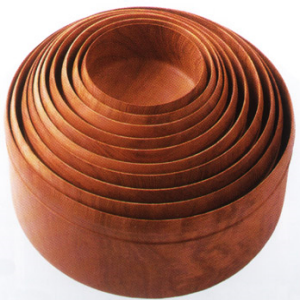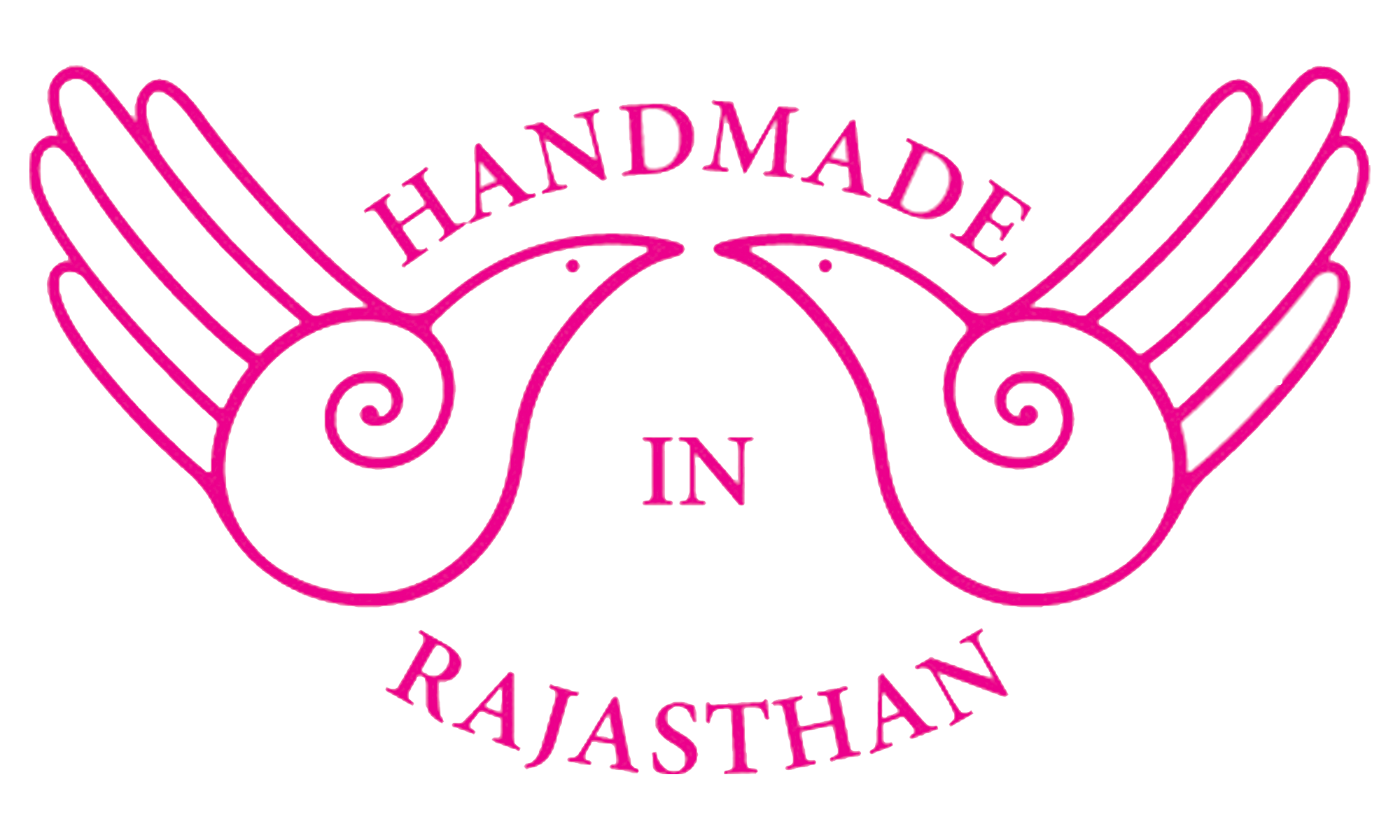- Home
- About US
- Art and Craft
- Artisans
- Master Crafts Persons
- Supporting Institutions
- News and Events
- Schemes
- Contact us
- Contact

Previously Roheda, Safeda and mango wood were hand-sculpted to form paatra, the lightweight bowls, carried by the monks of the Shwetambar jain and Vaishnav sect. Each distinct group within these two sects required a specificd range of products-five products were created for the use of the Terapanthi sadhus, monks; while a set of thirteen products were made for sadhavis, Jain nuns. Although the introduction of lathes and hand drills has made it far easier to achieve the light weight required of these vessels for use by wandering monks, the demand for paatra has considerably declined. Thus in the town of Pipad and Dpali, the main centers where this craft was extensile practiced, there are but a few Muslim craftsmen who continue to employ their traditional skills. Although these craftsmen make paatra for sale in Jain centers such as Ahmedabad and Palitana, both located in Gujarat,
items of domestic use like the chakla-belan, rolling pin and platform for making wheat bread are also made by them. They have also taken to producing a variety of boxes and bowls as per commissions received from merchants in Jodhpur.

